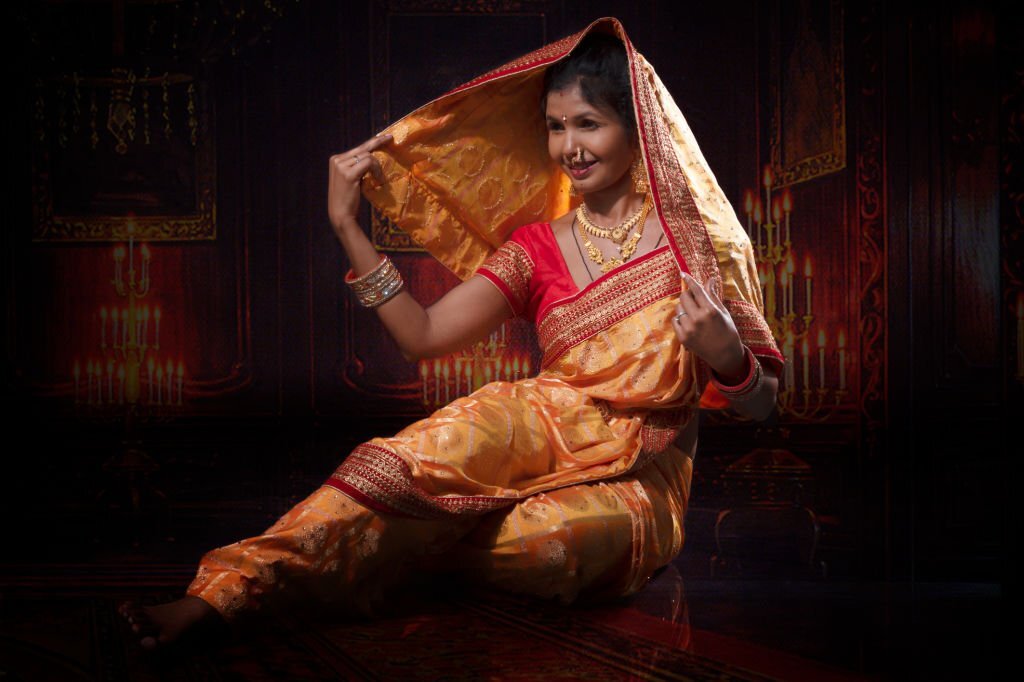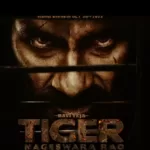Introduction:
Lavani, a vibrant and captivating dance form, originates from the state of Maharashtra, India. Rooted in rich cultural traditions, Lavani has evolved over centuries, blending folk elements with artistic expressions. In this blog, we will delve into the origins, characteristics, and transformation of Lavani from a folk tradition to a captivating art form that continues to mesmerize audiences worldwide.
Historical Origins of Lavani:

Lavani traces its origins back to the 18th century, emerging as a traditional folk dance performed by the Tamasha artists, a community of traveling performers in Maharashtra. Initially, Lavani was a form of entertainment, performed in the form of song and dance to accompany various celebrations, festivals, and rituals.
The Essence of Lavani:
The heart of Lavani lies in its lively and energetic movements, accompanied by soulful singing and rhythmic beats. The dance form is known for its thematic variety, encompassing a wide range of topics, from mythology and nature to social issues and romance. Traditionally, Lavani featured female performers known as Lavani Bai or Lavani Nartaki, who were revered for their artistic skills and ability to entertain audiences with their expressive storytelling.
Lavani’s Evolution into an Art Form:
Over time, Lavani transcended its folk roots to become a recognized art form performed on professional stages. Its popularity spread beyond Maharashtra, captivating audiences throughout India and even overseas. With the advent of modernization, Lavani incorporated elements of contemporary dance and theater, infusing it with a new dimension while preserving its cultural essence.
Dance Technique and Aesthetics:

The dance technique of Lavani is a beautiful blend of graceful movements, vibrant expressions, and intricate footwork. Dancers adorn themselves with traditional Maharashtrian costumes, such as the nauvari saree, ghungroos (ankle bells), and ornate jewelry, enhancing the visual appeal of the performance.
The Role of Lavani in Present Times:
Despite evolving into a captivating art form, Lavani has remained deeply rooted in its cultural significance. It continues to play a crucial role in preserving Maharashtra’s traditions and identity. Lavani performances are frequently showcased at cultural festivals, social events, and theater productions, keeping the legacy alive for generations to come.
Challenges and Revival Efforts:
While Lavani has persevered through the ages, it faces challenges in modern times due to changing audience preferences and the emergence of new dance forms. However, dedicated artists, scholars, and enthusiasts are working tirelessly to revive and promote Lavani’s artistry, ensuring that it thrives in contemporary contexts.
Conclusion:
Lavani, with its origins as a folk tradition, has gracefully transformed into a captivating art form, preserving its cultural heritage and artistic charm. The dance continues to evolve, captivating audiences with its vibrant expressions, rhythmic movements, and timeless storytelling. As we celebrate Lavani’s journey from the past to the present, let us appreciate the efforts to keep this enchanting art form alive and thriving in the hearts of dance enthusiasts worldwide.










